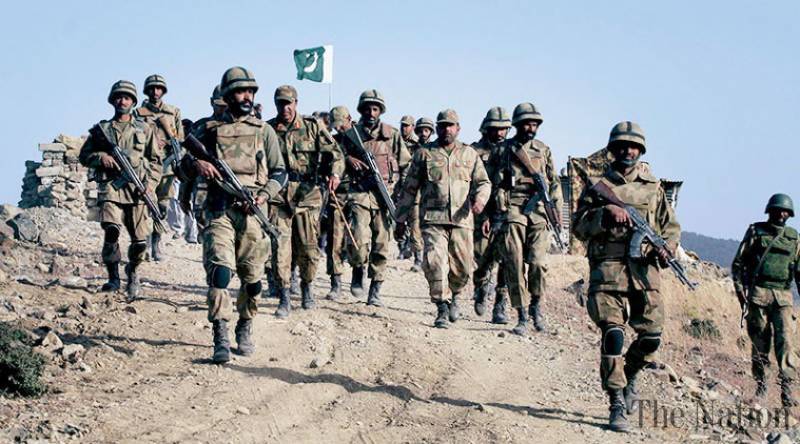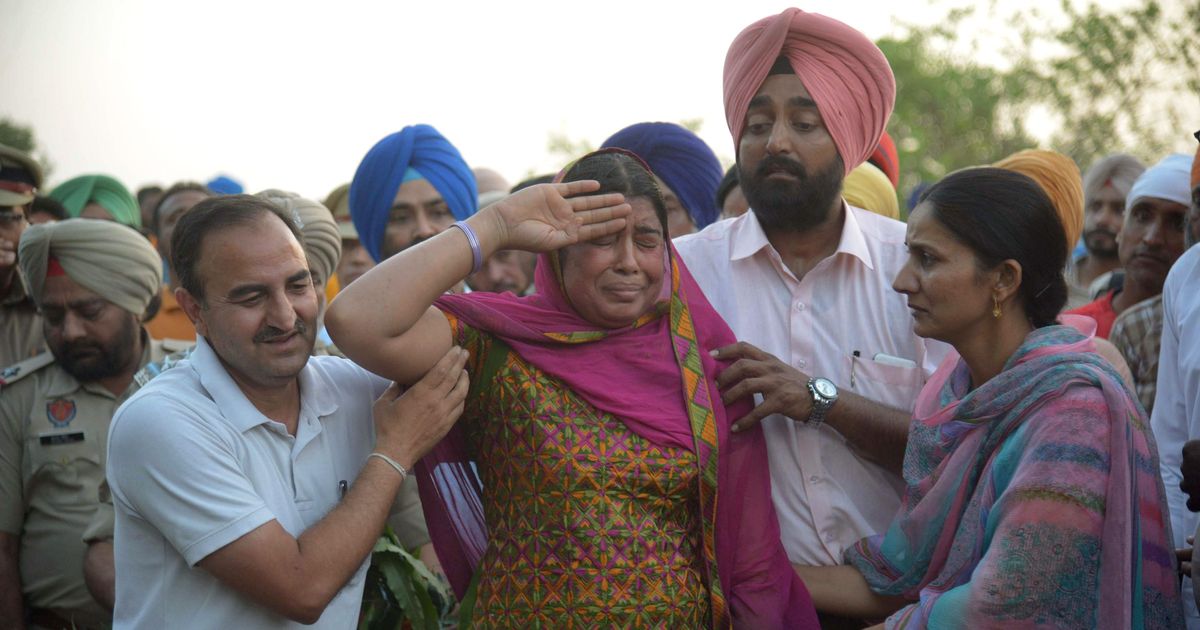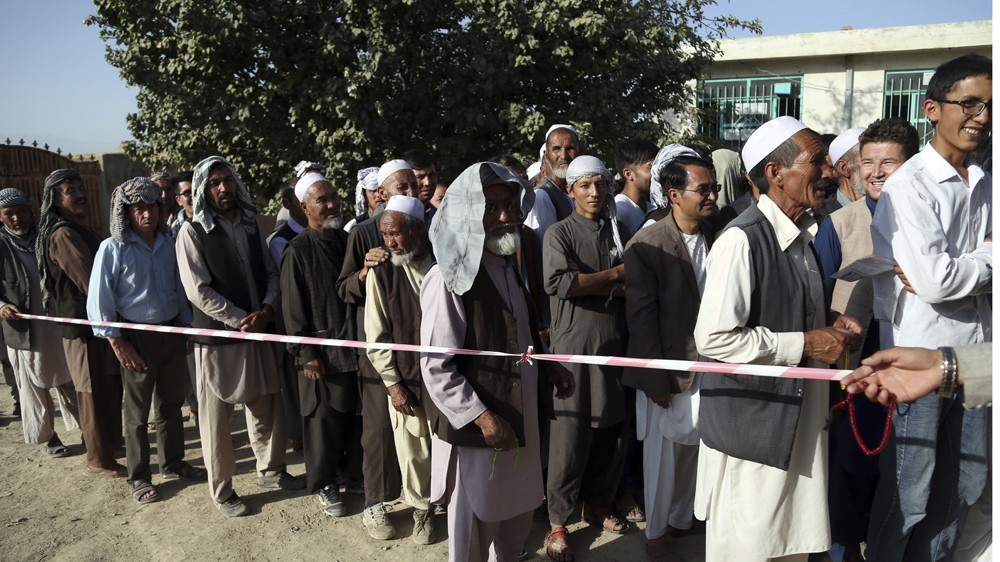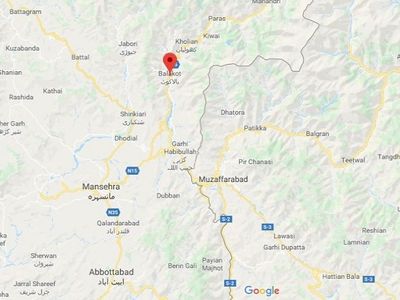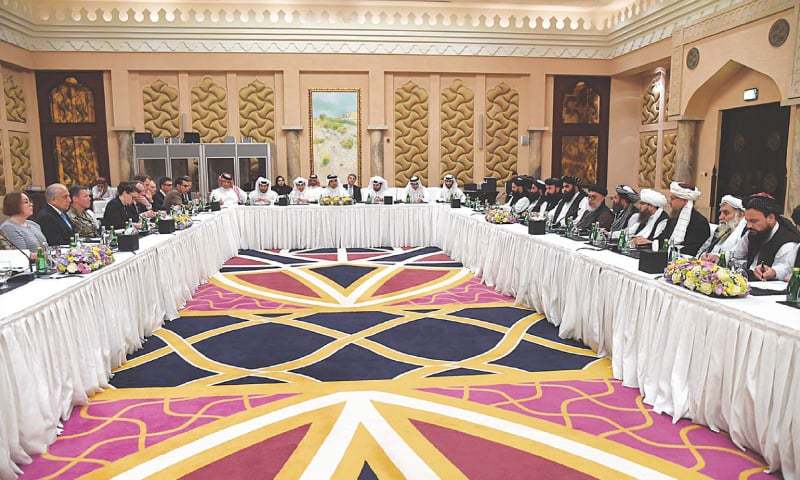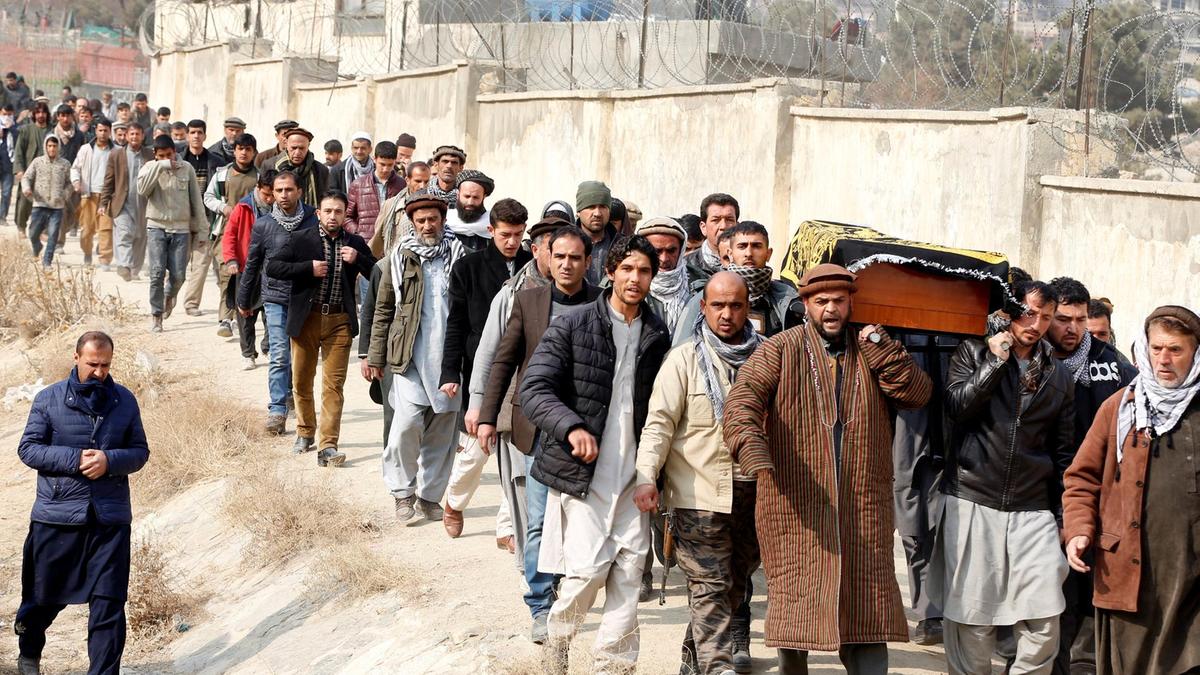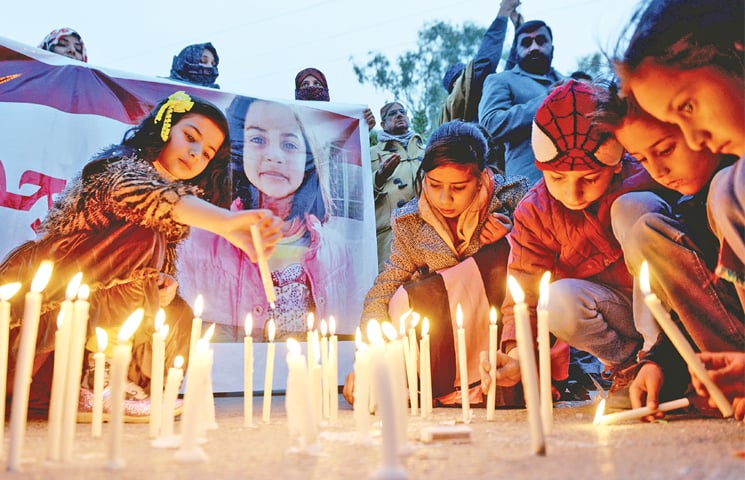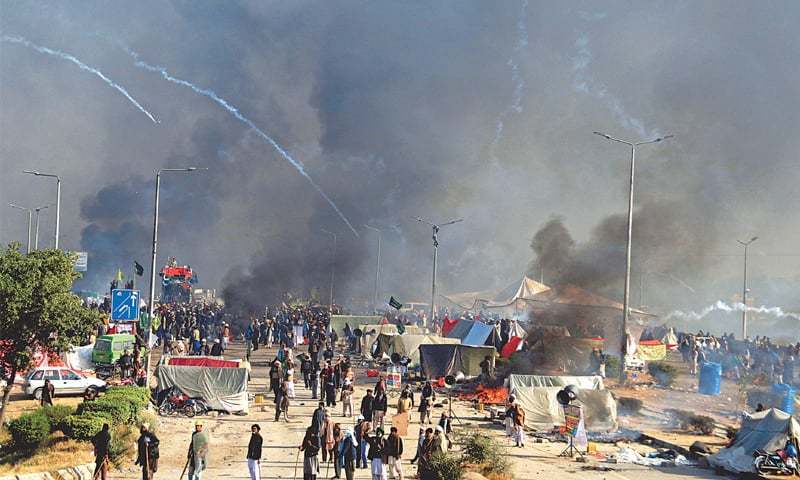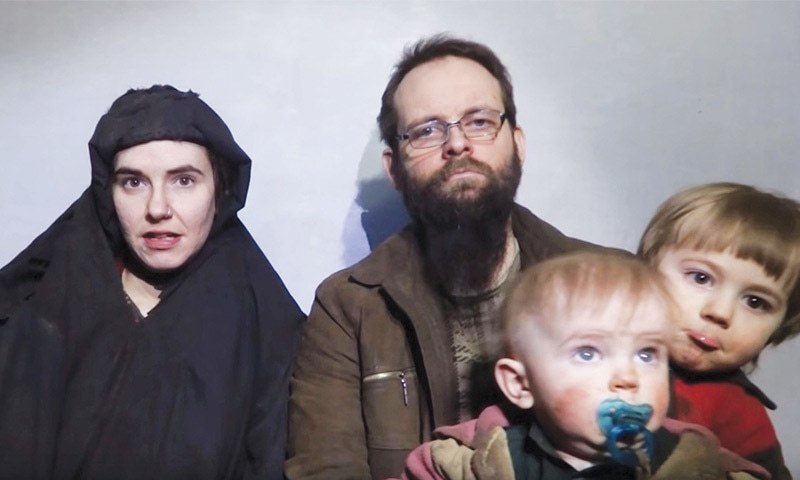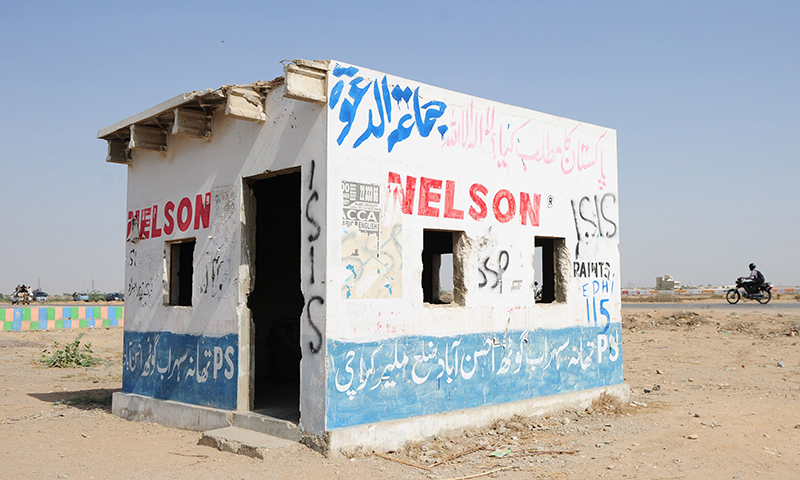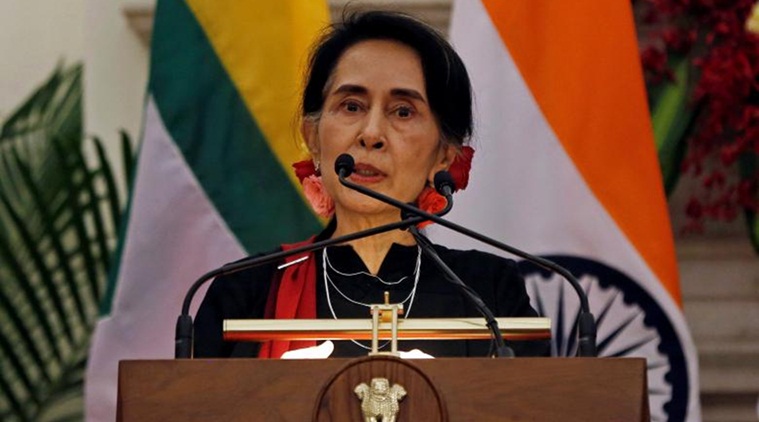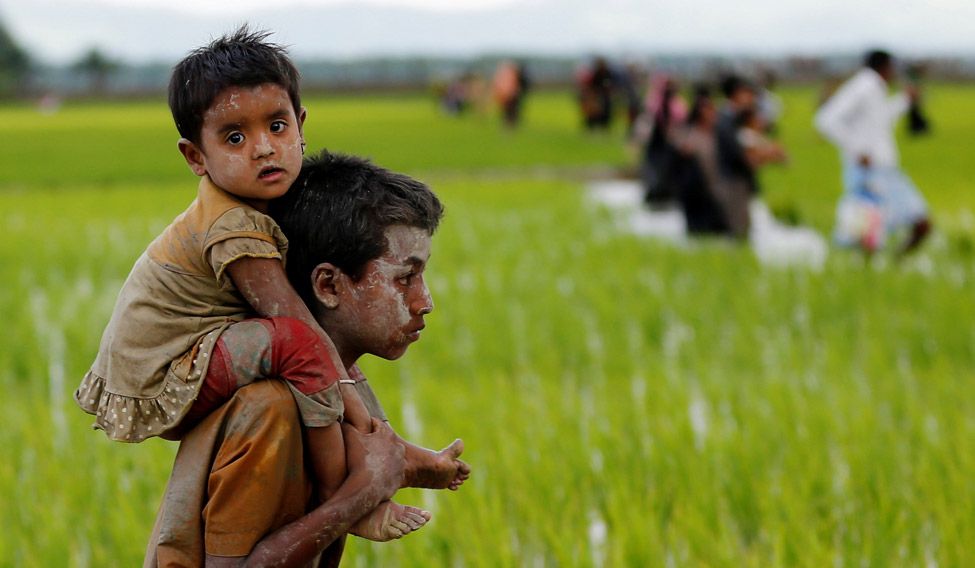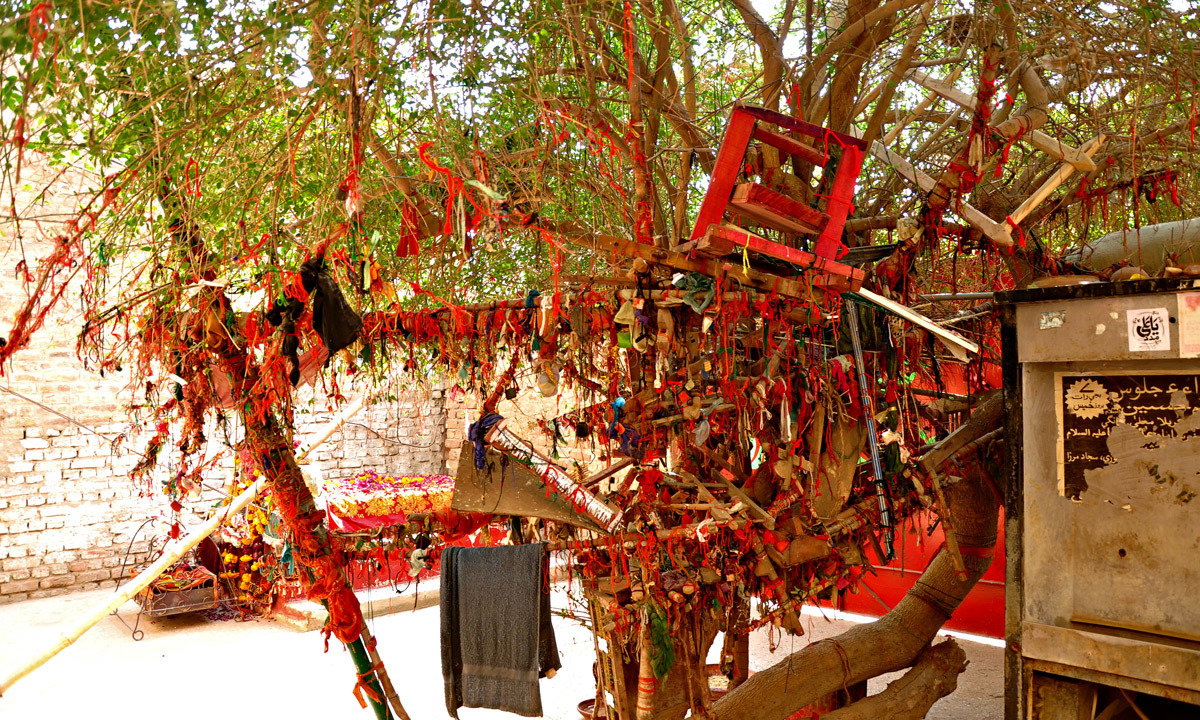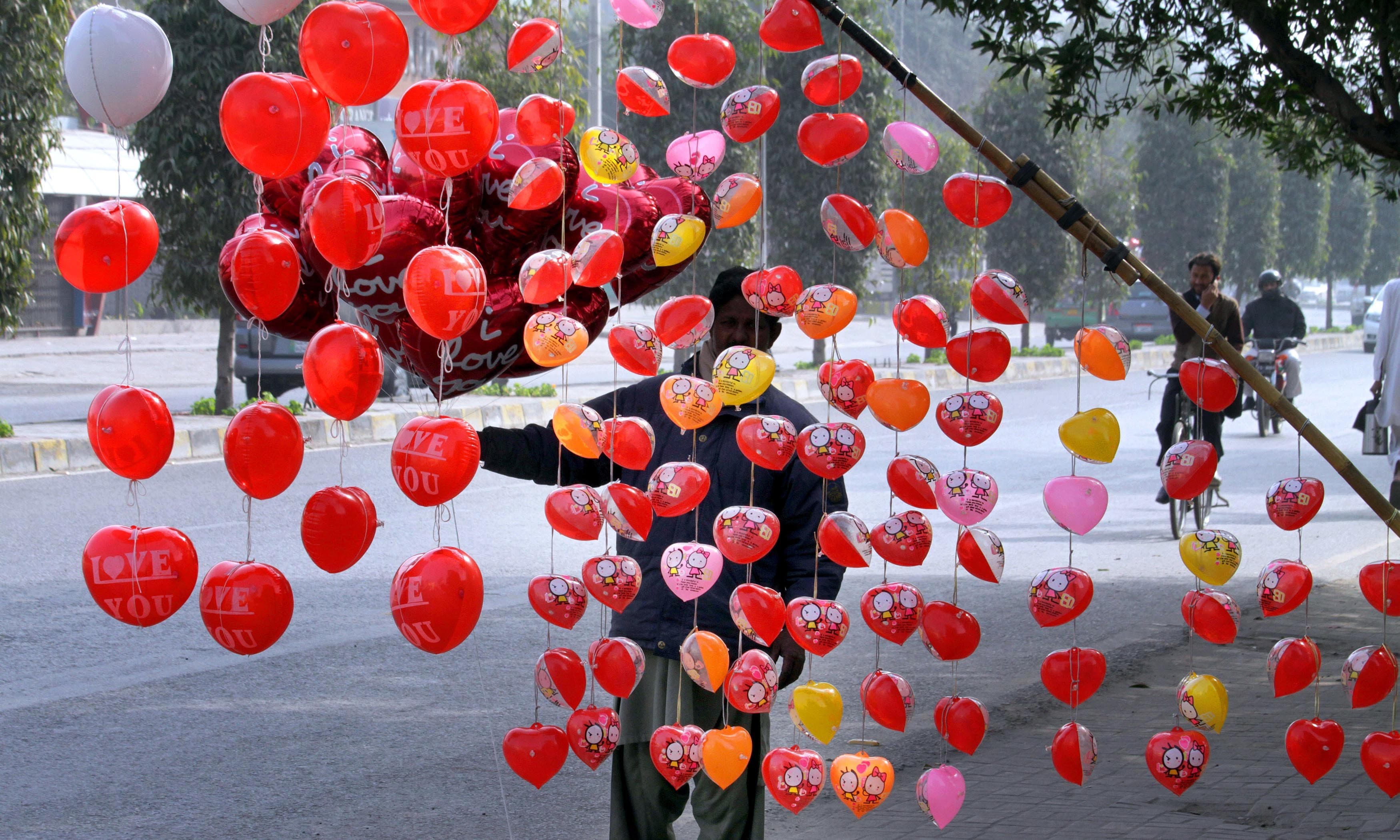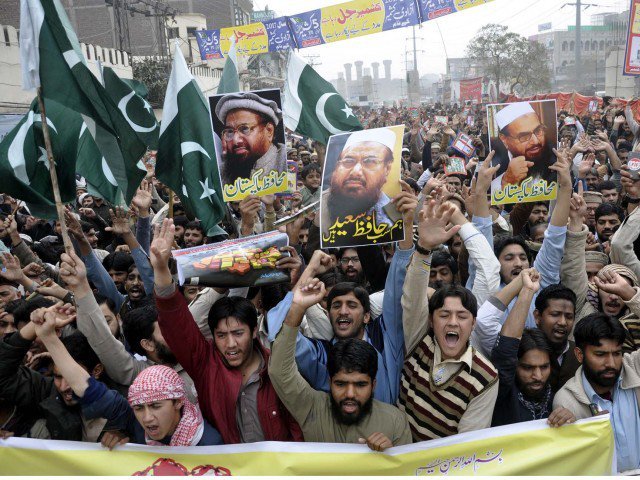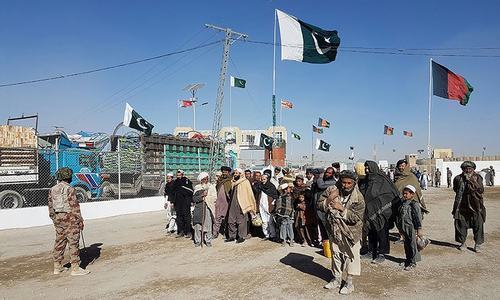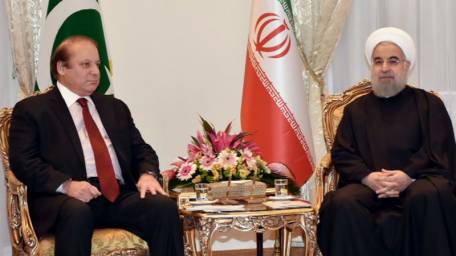CR Brief
D. Suba Chandran
Professor
International Strategic and Security Studies Programme (ISSSP)
National Institute of Advanced Studies (NIAS), Bangalore
After a spate of horrific terror attacks in Punjab, Sindh and Khyber Pakhtunkhwa (KP), Pakistan has launched a new counter-terrorism offensive – Raddul Fasaad. The scope of the new military operation is larger than the previous Zarb-e-Azb. Will it succeed where Zarb-e-Azb failed? Or, will the Raddul Fasaad create more problems and have unintended fallouts for Pakistan, given the current political support (or the lack of it) and the absence of long term political objective to military operations?
February 2017 was perhaps one of the worst months in Pakistan’s recent history. A major suicide attack on a rally in Lahore in Punjab was followed by a bigger attack on a Sufi shrine (Qalandar) in Sehwan in Sindh. In between, there were suicide attacks on a court premises in Charsadda in KP. The suicide attack in Lahore took place on 13 February amidst a protest rally led by the chemists against a Drug Act on the Mall Road; the attack was claimed by Jamaat-ur-Ahrar on of the factions of the Pakistani Taliban. The second major attack, on 16 February 2017, also by a suicide bomber took place in Sehwan in rural Sindh (around 200 kms north of Karachi) was in a Sufi shrine (of Lal Shahbaz Qalandar); the attack was owned by the Islamic State in Pakistan. Between these two attacks, there were a series of attacks (on 15 February 2017) in Mohmand Agency (targeting the office of political agent) in FATA and in Khyber Pakhtunkhwa (KP) Peshawar targeting civilian judges. Both the attacks in Mohamand Agency and Peshawar were suicide attacks and were claimed by the Tehreek-e-Taliban Pakistan (TTP).
The above attacks have forced Pakistan to initiate a new military operation – Raddul Fasaad. According to the ISPR, it aims at “indiscriminately eliminating residual / latent threat of terrorism, consolidating gains of operations made thus far and further ensuring security of the borders.” The following are to take part: Air Force, Navy, Civil Armed Forces and other Law Enforcing Agencies. The statement also emphasises on “conduct of Broad Spectrum Security / Counter Terrorism (CT) operations by Rangers in Punjab, continuation of ongoing operations across the country and focus on more effective border security management.”
I
Is Pakistan’s Terror Problem “Residual” and “Border related”?
Are the Diagnosis and Prescriptions Faulty?
Pakistan’s Diagnosis and Prescription
The ISPR statement on Raddul Fasaad highlights the predominant perception of the problem by Pakistan’s Establishment. It also forecasts, how Pakistan intends to address the problem. For the Establishment, the problem is a “residual/latent threat of terrorism.” And the solution predominantly revolves around “effective border management” vis-a-vis Afghanistan.
In terms of the diagnosis, is it really the case that Pakistan facing just a residual problem of terrorism? This presupposes that the larger threat is effectively dealt with. Such a diagnosis may not only be faulty, but also go against Pakistan’s own claims that terrorism poses an existential threat to Pakistan.
In terms of prescription, the Establishment (which the short ISPR statement confirms twice) seems to believe that the “residual problem” is linked with an ineffective border. This logically makes one to believe that if there is“effective border security management” problems of terrorism in Pakistan could be addressed. Ironically, Kabul (which has been the primary target of Pakistan’s accusation) also believes in the same – effective border management but by Pakistan as a strong requirement for Afghan stability.
Here is the problem. Immediately after the suicide attacks, an ISPR tweet by Maj Gen Asif Ghafoor, Army’s official spokesman, said that Gen Bajwa expressed his “concerns over continued acts of terrorism in Pakistan with impunity from Afghanistan” asking Gen John Nicholson, Commander of the Resolution Support Mission (RSM) in Afghanistan to “play his role in disconnecting this planning, direction, coordination and financial support” (from Afghanistan).
The Af-Pak Militant Groups and their “Convergence”
Clearly, the Establishment believes that the problem is external with its source in Afghanistan. It could very well be the case; some of the terrorist groups such as the TTP (that had claimed the suicide attacks in Mohmand and Peshawar) and JuA (that had claimed the Lahore attack) may be hiding in Afghanistan. But this is only part of the larger problem. What about the Islamic State, which had claimed the suicide attacks on the Sehwan sufi shrine? And what about the multiple sectarian militants based in Punjab, but have been fighting with the TTP, Afghan Taliban and even the al Qaeda?
Gen Nicholson, to whom Gen Bajwa had complained about “impunity from Afghanistan” seem to have a different view. In his testimony (on 9 February 2017) before the US Senate Armed Services Committee, just a week earlier to the terrorist attacks in Lahore and later in Sehwan, Gen Nicholson had observed on the “Situation in Afghanistan” that “the Taliban and Haqqani network are the greatest threats to security in Afghanistan. Their senior leaders remain insulated from pressure and enjoy freedom of actions within Pakistan safe haven.” Earlier in the same testimony he had also made an important observation about the convergence between these groups: “The convergence of individuals and groups among the 20 designated terrorist organizations and three VEOs (violent extremist organizations) is an ongoing threat. ISIL-K is illustrative of this, as its composition includes former Tehrik-e- Taliban Pakistan and Afghan Taliban leaders as well as members of the Islamic Movement of Uzbekistan. These groups benefit from complementary capabilities and networks require continuous pressure to prevent the emergence of a new, more virulent organization...”
Clearly, Pakistan’s terror problems will remain complicated, as long as the above convergence continues between the terror groups that have safe havens in both parts of the Af-Pak. Unfortunately, Pakistan has been shying away from pursuing actions against certain groups, for example the Haqqani and Afghan Taliban networks. Perhaps, this is where Zarb-a-Azb failed miserably. Though the operations targeted militants in the tribal agencies and few districts of the KP, it remained selective. It went after the TTP and the al Qaeda remnants, including the Uzbek militants of the IMU. However, the Zarb-e-Azb kept away from targeting the Taliban and Haqqani networks as Gen Nicholson had commented.
Obviously, the Establishment continues to believe that the Taliban-Haqqani network as an asset and a potential leverage against Kabul. Perhaps for Rawalpindi it is; however, will it be able to succeed with the Raddul Fasaad if Pakistan goes ahead with the same strategy? Pakistan’s present terrorism problem is not a “residual” and “border related” one, but a result of selective targeting of the Zarb-Azb and other military operations in the FATA.
II
Likely fallouts of Raddul Fassad
The big difference between Zarb-e-Azb and Raddul Fasaad is likely to be the nature of counter militancy operations and its geographic spread. The Zarb-e-Azb concentrated primarily on the tribal agencies and select districts of KP. Despite the expansion of terror attacks into Sindh, Punjab and Balochistan, the Zarb-e-Azb remained focussed on North and South Waziristan, Swat valley and Khyber Agency.
Raddul Fasaad: Pakistan’s First Urban Counter Militancy Operation?
A big challenge for Raddul Fasaad will be the expanded scope of counter militancy operations. If it goes in full stream, perhaps this will be Pakistan’s first urban counter terror offensive, and that too in the heart – Punjab.
Though for the last few years, there have been an increased focus in the public debate on the “Punjabi Taliban” and the nature of militant threats especially in South Punjab, the government, especially the provincial led by the PML ignored it.
Besides Punjab, Raddul Fasaad will be facing the jihadis in Karachi. Though there have been “military” operations in Karachi earlier, not all of them were “counter-militancy” especially targeting the local jihadi groups. In the recent years, Pakistan did undertake a series of operations against the MQM, and selective operations against the jihadi groups and leaders belonging to the Taliban and al Qaeda. There have never been sustained military operations against the jihadi and sectarian militants, who have a large support based in the city’s political landscape and madrassas.
Will Raddul Fasaad deliver against the Sectarian Militants?
If Raddul Fasaad has to succeed, it has to face the sectarian militants of Punjab and Sindh. In Punjab, especially in its southern districts and also in rural and urban Sindh (especially Karachi), the sectarian militants, led by the Lashkar-e-Jhangi (LeJ) and its factions have a huge network and have remained stronger.
An added challenge would be the support base for theses sectarian militants in Sindh and Punjab. Ideologically, the LeJ and other sectarian militants have the support of mosques and their madrassa.
More than the radical ideology, the support and patronage for some of these sectarian militants come from established political parties that have been ruling Punjab and Sindh. Only in January 2017, none other than Chaudhry Nisar Ali Khan, Pakistan’s interior minister was on record telling the Senate that sectarian groups cannot be equated with terrorist groups. If an interior minister belonging to the ruling PML has to defend the sectarian groups, is the military operation likely to succeed against them?
Besides the sectarian militants, there have been reports on the presence of the Islamic State (IS); the latter has in fact claimed the suicide attack on the Sufi Shrine in Sehwan, Sindh.
Will Raddul Fasaad shrink the role of “Political”?
The larger problem and the likely fallout of the Raddul Fasaad will be the role of “political” in countering terrorism. True, the operations will have to be led by the security forces; but what about the larger political objective, and role of the elected representatives at the provincial and federal levels?
There has been a critical debate within Pakistan on the success and failures of the “National Action Plan” to counter terrorism. Though this plan is “National” it has been primarily led by the military than by the Parliament. Perhaps, this has been one of the primary reasons for the strategy being ineffective.
Either the “political” has abdicated its responsibility in setting the objective, or the military has aggrandized it. Raddul Fasaad is likely to expand this gap even further. Though Nawaz Sharif made a bold statement that the new operation was conceived at the Prime Minister’s house, it is clear that the objectives and operations have been set by the military, as the ISPR statement would prove.
Revival of Courts and the Legal Process
As a part of the expanding footprints of the military in Pakistan’s counter militancy strategy, Raddul Fasaad is also likely to fasten the debate on reviving the military courts that had expired in January 2017. The military courts came into being in January 2015, following the horrific terror attack on an Army School in Peshawar. There was a public pressure to do something, and the military courts were welcome unanimously at that time.
Today, after those terror attacks in February 2017, one is likely to see the revival of military courts sooner than later. Minus the PPP, other opposition parties, seem to have already agreed (by the end of February 2017) to the government’s initiative to re-establish the military courts for the next two years. Though some of the political parties known for their support for sectarian groups would like to add few caveats to the scope of military courts, its re-establishment will be become a reality during the first half of 2017 itself.
More than affecting the role of the “political”, the revival of military courts will impinge on the larger legal process and those special courts dealing with terrorism. Also, the military courts will slow down the larger need to reform the judicial process, especially in dealing with offences relating to terrorism. So would be the police reforms, as the military courts are likely to take away the ambit from the regular processes in dealing with terrorism.
“Ethnic Profiling” and the Pashtun Backlash
Perhaps, Raddul Fasaad’s single most negative contribution will be to the social fabric, especially the ethnic relationship between the communities within Pakistan. Already, there has been a debate on pashtun discrimination especially in Punjab. The pashtun community believes that in the name of military and combing operations, they are being specifically targeted.
In any multi-ethnic nation, there is bound to be jokes – sometimes jovial and at times unpleasant and even cruel. The pashtuns have been at the receiving end; but the latest tag, linking them to terrorism and jihad has created a ripple. The provincial assembly of Khyber Pakhtunkhwa (KP) has already passed a resolution by end February against this development.
Will Raddul Fasaad deepen the above ethnic faultline?
Let us wish Gen Bajwa. Hope he expands the counter terror operations and succeed where Gen Sharif failed.
An abridged version of this forecast was first published as a commentary in the Hindu on 02 March 2017. The above version was subsequently published as a NIAS Forecast. Click here for the PDF version: http://isssp.in/wp-content/uploads/2017/03/1703-NSF13-DSubaChandran-RaddulFasaad.pdf
